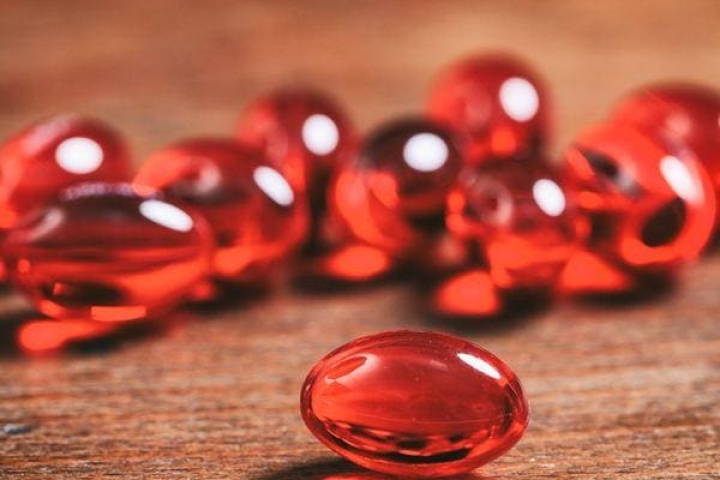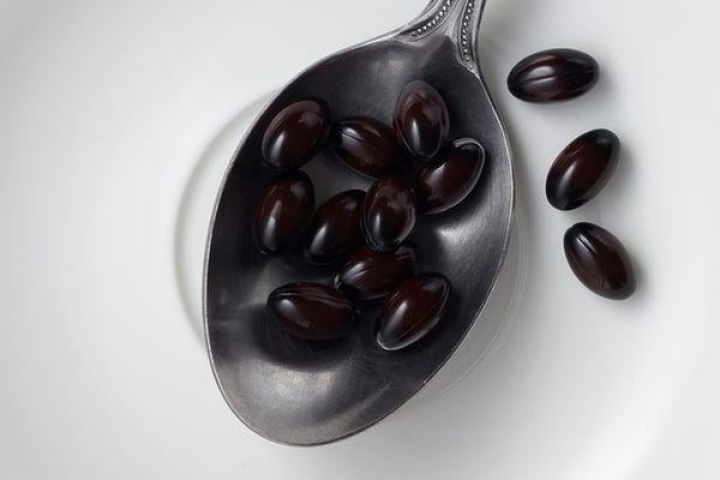Vitamin K2: Types, Benefits and Food Sources
Vitamin K2 for Healthy Bones, a Strong Heart and So Much More
Discovered in the 1920s, vitamin K is similar to vitamin B in that it represents a family of nutrients rather than a single compound. Vitamin K1, for instance, is found naturally in leafy green vegetables, while vitamin K2, a fat-soluble micronutrient, is commonly found in meats, cheeses, eggs, fermented dairy products, and other fermented foods like natto. Known as menaquinone, K2 is the lesser-known vitamin K, yet it has captured the attention of researchers and consumers alike due to its broad potential benefits.
Vitamin K as a family is crucial for blood coagulation, which is how the nutrient was named. German scientists who discovered it initially called it Koagulations-vitamin, or vitamin K for short.1
While blood clotting is the most renowned function of vitamin K, K2, in particular, has a specific role in bone health and may also affect cardiovascular health.
Let’s delve deeper into the various types of vitamin K2.
Different Types of Vitamin K2
Like vitamin K, there are several forms of vitamin K2. The two main types available as supplements are menaquinone-4 (MK-4) and menaquinone-7 (MK-7),2 though MK-4 is rarely used in supplements due to its short viable lifespan.
Consequently, you would need to take multiple doses throughout the day to benefit from MK-4. Therefore, menaquinone-7 is commonly the type found in K2 supplements, and we will focus our discussion on MK-7.
Supplemental MK-7 is typically derived from a natural bacterial fermentation process and offers numerous health benefits. BubbForest's vitamin K2 is sourced from Japanese natto, the richest natural source of vitamin K2.
Being a fat-soluble nutrient, it is important to take vitamin K2 supplements with fats to ensure proper absorption. If you prefer dietary sources, consuming just a teaspoon of natto per day can provide a common dose of supplemental menaquinone-7.
Vitamin K2 for Heart Health and Bone Health
Revisiting the basics, the primary role of vitamin K in the body is to promote blood coagulation and clotting through the activation of natural calcium-binding properties of various proteins. While vitamin K1 is involved in this coagulation process, vitamin K2 specifically directs where calcium is deposited in the body. K2 promotes proper calcium storage by activating the vitamin K-dependent matrix Gla protein, which regulates mineralization in the vascular system and directs calcium to the bones.
This regulation of calcium links vitamin K2 to both heart health and bone health.3 K2 supports osteo health by aiding bone formation and is a cofactor for the vitamin K-dependent protein osteocalcin, which is responsible for bone mineralization. Vitamin K2 activates osteocalcin, which binds to calcium, contributing to stronger bones. Calcium is a mineral primarily associated with bone health, as it is a key component of bone structure. However, excessive calcium in arteries and blood vessels can be detrimental.
Vitamin K2 has been shown to facilitate the removal of calcium from blood vessel linings and its redistribution back to the bones. Without sufficient K2, this process may be inefficient, potentially leading to issues in both bone and cardiovascular health. This connection has prompted many health professionals to recommend vitamin K2 supplements to those already taking bone health supplements like vitamin D, calcium, and magnesium to ensure proper calcium utilization.
Research strongly supports the role of vitamin K2 in maintaining bone strength and structure. Studies on menaquinone-7, derived from natto, suggest that increased intake is directly linked to enhanced bone-matrix formation and bone mineral density, as demonstrated in a three-year study involving over 900 women aged 20 to 79.3
Vitamin K2 for Mood and Glucose Support
Recent clinical studies with women have shown that supplementation with the menaquinone-7 form of vitamin K2 may support mood as well as blood sugar metabolism and lipid levels already within the normal range.
Which Foods are High in Vitamin K2?
Unfortunately, obtaining sufficient vitamin K2 from your diet can be challenging. Natto is its only vegetarian source, due to the specific bacteria used during its fermentation. Animal-derived foods such as grass-fed beef products are natural sources of vitamin K2 because cows can convert the K1 found in grass to K2. Liver, meat, eggs, and high-fat dairy are also good sources if you are not fond of natto.
Compounding the issue is the fact that our bodies generally have poor absorption rates for vitamin K from food sources. For instance, only about 10% of the vitamin K from spinach is absorbed compared to 80% from a tablet.2 While your body can convert some K1 to K2, albeit inefficiently, here is a list of K1-rich foods that you can combine with your grass-fed beef products:
| Kale | |
| Dried basil | |
| Scallions | |
| Broccoli | |
| Brussels sprouts | |
| Asparagus | |
| Cabbage | |
| Cucumbers | |
| Prunes | |
| Most leafy greens |
If you're looking for a convenient way to benefit from vitamin K from real food sources, consider BubbForest's Real Food Vitamin K2. This supplement, derived from Japanese natto, is rich in natural vitamin K2. Its effectiveness is enhanced by the inclusion of sunflower seed oil in each softgel, which supports the absorption of this fat-soluble vitamin.
About Amy Sunderman, MS, RD
Amy is a registered dietitian, nutritionist, and author with over 20 years of experience in the supplement industry. She is passionate about dietary supplements and the health benefits they offer. Amy enjoys finding novel nutritional ingredients supported by strong clinical research to drive innovation and provide health-promoting products to consumers.
*These statements have not been evaluated by the Food and Drug Administration. These products are not intended to diagnose, treat, cure, or prevent any disease.
Sources
1. Vitamin K2: Everything You Need to Know. Healthline. Read source
2. Vitamin K. National Institutes of Health. Read source
3. Proper Calcium Use: Vitamin K2 as a Promoter of Bone and Cardiovascular Health. National Library of Medicine. Read source





Leave a comment